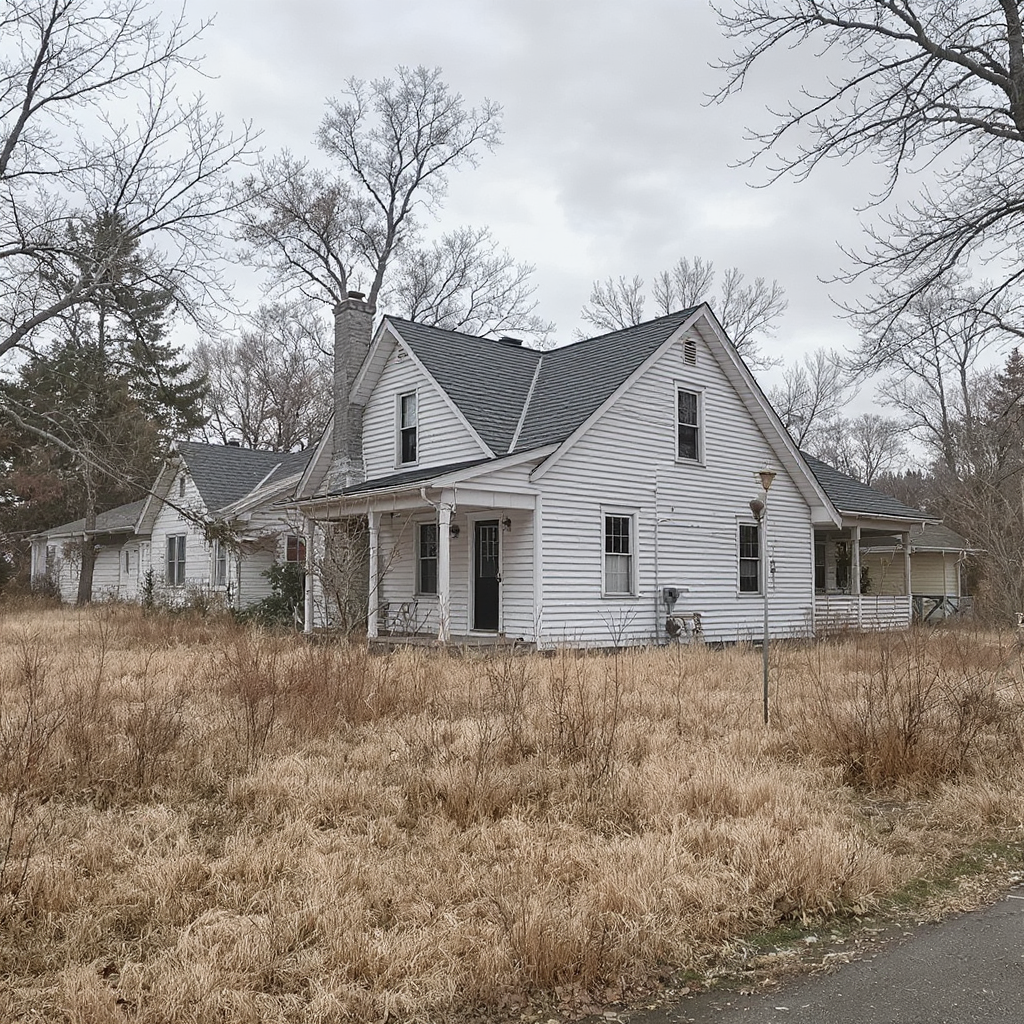Investing in abandoned property can be a lucrative strategy, whether you’re aiming to flip a house, rent it out, or restore it for personal use. However, the path to successful acquisition is often complex and requires careful planning, financing, legal understanding, and market insight.
In this comprehensive guide, we’ll walk you through essential steps to buy abandoned property, how to finance your purchase, navigate legal considerations, and explore auction tips, plus uncover the positive community impact of these investments.
Step 1: Research the Market and Locations for 2025
Before purchasing any abandoned property, deep market research is crucial. Look for areas with a high inventory of abandoned properties and promising growth potential. According to recent reports, abandoned properties in urban areas often sell at about 30% below market value, offering attractive entry points for investors.
Pro tip: Focus on cities and states trending for abandoned property investment in 2025, such as Detroit, Cleveland, Philadelphia, and certain parts of Texas and Florida. These locations often have tax incentives, revitalization programs, and affordable real estate.
Finding Abandoned Properties Online and Offline
- Use online platforms like Zillow.com, Realtor.com, and specialized sites listing distressed or abandoned homes.
- Check public records and tax delinquency lists via the county tax assessor’s office to identify properties with unpaid taxes.
- Drive neighborhoods on foot or by car to spot physical signs like boarded-up windows, overgrown yards, and long-standing “For Sale” signs.
Step 2: Understand Legal Issues and Tax Liens
Legal hurdles can be one of the most daunting parts of buying abandoned property. Regulations vary by state and locality, so it’s vital to:
- Conduct a thorough title search to uncover liens, ownership disputes, or unpaid taxes. Title issues can lead to unexpected costs or prolonged ownership disputes.
- Understand tax lien sales and how they impact property ownership. Some abandoned homes are sold at tax lien auctions, where buyers purchase the debt attached to the property instead of the property itself.
Many first-time buyers overlook these legal nuances, so consulting with a real estate attorney is highly recommended to ensure a clean purchase.
Step 3: Financing Options for Abandoned Properties
Traditional mortgage lenders often hesitate to fund abandoned or distressed properties due to the associated risks. Here are alternative financing solutions to consider:
- Hard money loans: Short-term, high-interest loans from private lenders that focus on the property’s value post-renovation rather than your credit score.
- Private investors or partnerships: Pooling resources with others can ease upfront costs.
- Rehabilitation loans: Programs like the FHA 203(k) loan offer financing that includes home purchase and renovation costs in one mortgage.
Before committing, ensure your financial plan aligns with estimated repair costs and your investment goals.
Step 4: Assessing the Property and Estimating Renovation Costs
Buying abandoned property without knowing its condition is risky. Conduct a detailed property assessment to understand what’s needed:
- Physical inspection: Visit the property (if safe and allowed) to look for roofing damage, foundation cracks, water issues, and pest infestations. Take photographs and notes.
- Hire a professional inspector: Get a licensed inspection report to uncover hidden problems.
- Estimate repair costs realistically: According to a survey, 60% of buyers reported a positive ROI after renovations, but unexpected costs can arise. Budget at least 10–20% extra for contingencies.
Step 5: Navigating Auction Purchases
Many abandoned properties are sold at auctions, which can be a fast way to acquire real estate but come with their own challenges:
- Research the auction house rules carefully. Some require deposits or full payment immediately after winning a bid.
- Set a firm budget to avoid overbidding.
- Attend auctions in person or monitor online auctions for better insight into bidding dynamics.
Step 6: Finalizing Your Purchase and Planning Renovations
Once financing is secured and due diligence complete:
- Work with a real estate attorney or agent to finalize paperwork, including purchase agreements and title transfers.
- Develop a renovation plan with clear timelines and budgets. This structured approach will help avoid delays and cost overruns.
- Consider the potential community benefits of your project. Renovating an abandoned home not only increases your property value but revitalizes neighborhoods and provides housing for local families.
Conclusion: Why Investing in Abandoned Property Is a Smart Move in 2025
Purchasing abandoned properties requires patience, research, and a solid understanding of legal and financial complexities. However, the rewards can be substantial—both financially and socially.
By following these steps—market research, legal clarity, securing unique financing, thorough property assessment, auction savvy, and thoughtful renovation planning—you position yourself to make a profitable and impactful investment.
As real estate expert notes, “Investing in abandoned properties is not just about making money—it’s about breathing new life into communities and creating opportunities for families.”


